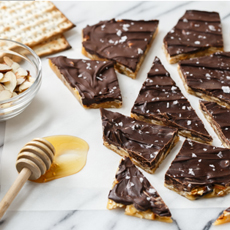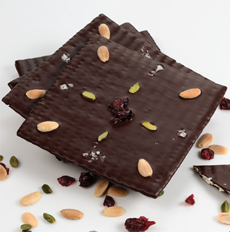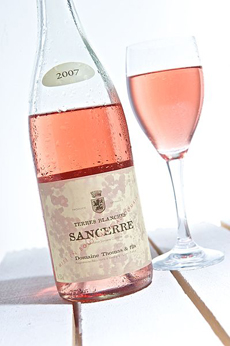
Eat your vegetables—make that, eat your Brassicas. Get your copy here (photo courtesy Ten Speed Press). |
|
Frequent readers of THE NIBBLE know of our devotion to cruciferous vegetables, also known as brassicas, from their Latin name in taxonomy*.
The cruciferous group includes arugula, bok choy, broccoli, Brussels sprouts, cauliflower, cabbage, collard greens, cress, horseradish, kale, kohlrabi, mizuna, radish, rapini (broccoli rabe), rutabaga, tatsoi, turnip and wasabi, a type of horseradish.
For a long time, brassicas have had a mixed reputation. People who know how to cook them adore them. Beyond the deliciousness, brassicas are superfoods—nutritional powerhouses packed with potent, cancer-fighting phytonutrients (antioxidants).
But anyone who has been served overcooked brassicas—when the sulfur compounds top the mushy texture with an unpleasant aroma—might just concur with George H.W. Bush, whose mom, we’re betting, didn’t cook the broccoli al dente.
Brassicas get the respect they deserve in a new book, Brassicas: Cooking the World’s Healthiest Vegetables: Kale, Cauliflower, Broccoli, Brussels Sprouts and More by Laura B. Russell, published this week in hardcover and Kindle editions.
|
One word is missing from that title: delicious. “Healthy vegetables” sounds too much like an admonition from mom or grandma. “Healthy and delicious” is a win-win.
And that’s what you’ll get in this cookbook. It showcases 80 recipes for broccoli, Brussels sprouts, cabbage, cauliflower, kale and leafy greens such as arugula and watercress. Recipes are easily tailored to accommodate special diets such as gluten-free, dairy-free, vegetarian and vegan.
The recipes prove that brassicas can taste delicious when properly prepared in ways that let the flavors shine through (no blanket of cheese sauce is required—or desired). When roasted, for example, Brussels sprouts, a food avoided by many, reveal their inherent sweetness that other preparation techniques take away. Caramelizing cauliflower in the sauté pan makes it so lovely that each individual will want to consumer the entire caramelized head.
This is a book for people who love their brassicas, and for people who don’t love them yet. Give copies as Mother’s Day and Father’s Day gifts, and to anybody who should eat more veggies.
The handsome hardcover volume is $17.04 on Amazon.com. The Kindle version is $10.99.
________________
*Kingdom Plantae, Order Brassicales, Family Brassicaceae, Genus Brassica.
|






